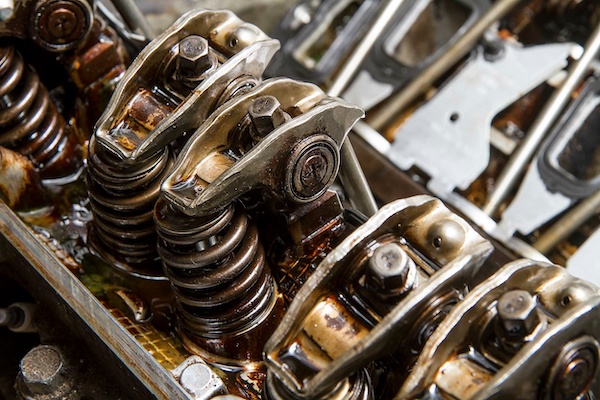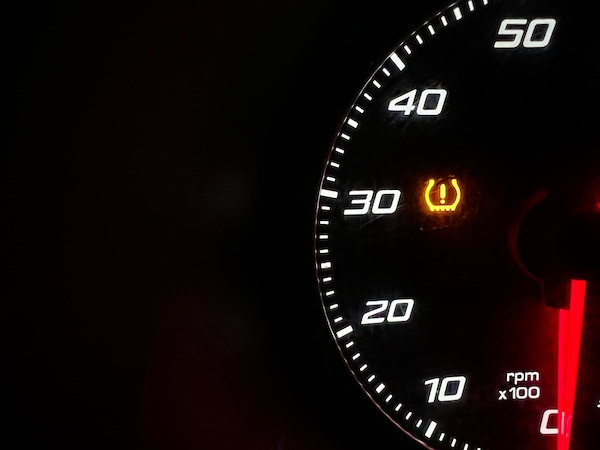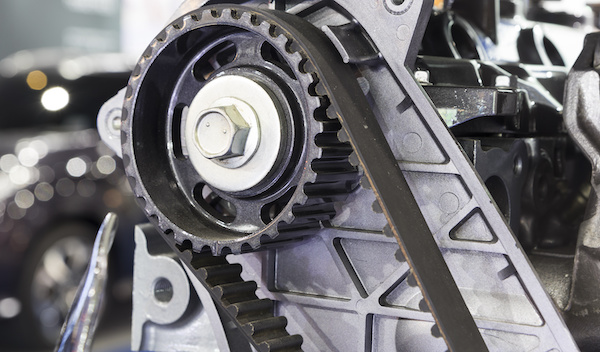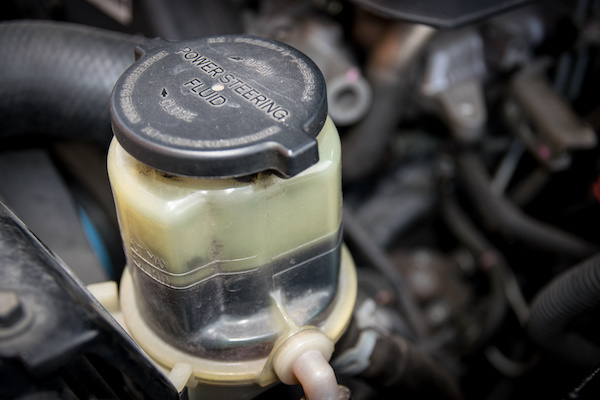Posted on 11/23/2022
.jpeg)
Driving on the open road comes with its challenges. Whether you are driving a short distance across town or a long distance across the country, you should be fully stocked with an emergency kit. When you bring along items, you’re more equipped to handle unexpected breakdowns better. Every automobile should have the following things in its emergency kit: Tire pressure gauge Spare tire, wheel wrench and tripod jack - for flats on the road Jumper cables - in case your battery dies unexpectedly Tool kit and/or a multipurpose utility tool Flashlight with batteries Reflective triangles - to make your vehicle more visible if it breaks down at night Compass Paper map First aid kit - with bandages, ointment, gloves, tweezers, aspirin, gauze, hydrocortisone, thermometer, tweezers, and any other items that may help with unexpected pain or sickness on the road Extra car fluid - including gasoline, windshield washer fluid, coolant, etc. Fire extinguisher Nonperishable foods and s ... read more
Posted on 10/31/2022

Oil is a crucial petroleum product that is used throughout a variety of industries, including the auto sector. Oil is a gasoline byproduct that coats the engine of a car. When cars use motor oil, it sometimes may burn, and produces smoke and carbon dioxide, and the greasy substance called oil sludge. On automotive parts, oil sludge builds up as they age and deteriorate. Oil sludge can be collected and recycled to lower greenhouse gas emissions. After some time on the road, oil sludge, this sticky, black stuff clogs car engines. If your vehicle has an oil filter, eventually the oil will flow through the filter and collect on the engine components. This gunk collects on car parts over time and renders them useless. While some people know how to clean their cars' engines, the majority do not. So they let their engines to be destroyed by the accumulated oil sludge. Car owners typically become aware of a decline in their vehicle's functionality over time. The engine is now so ful ... read more
Posted on 9/26/2022

The low tire pressure warning light is a safety feature on your car. It can tell you that one or more of your tires underinflate. If ignored, these problems may even cause an accident. A warning light will flash on your dashboard if a tire deflates or a loss in pressure occurs above 25%. If no warning lights appear, but you still feel something isn't right about how your car handles or drives -- check your tires. Here are what can happen if you ignore your low tire pressure warning light: Your Tires Could Wear Unevenly If you ignore your tire pressure warning light, the tire will likely become underinflated. Underinflated tires can wear unevenly, leading to blowouts and other dangerous situations. It's also possible that your tire could blow out while you're driving at high speeds. You Could End Up With a Flat You may think that you've got the tire pressure thing under control, but it's essential to check your tire pressure regularly. If you don't, there ... read more
Posted on 8/25/2022

When people think about car maintenance, they tend to leave their belts on the back burner. This is partly due to the fact that belts don’t tend to wear down until later on in the vehicle’s life. However, it is important to regularly inspect the timing belt for signs of wear and tear. If this belt breaks, it can majorly affect your vehicle’s drivability and damage the engine. The timing belt is responsible for synchronizing the rotation of the motor’s crankshaft and camshaft. The ribbed teeth on the rubber help with the engine’s harmonious motions. Without this integral component, the engine valves would not start and stop at the appropriate time. And therefore, your pistons and valves can suffer serious damage. What Are the Signs of a Worn Timing Belt? Looseness or tightness of the belt Physical signs of belt wear, including cracking, glazing, grime build-up, and loose fibers Slow or sluggish engine starts, or overall incapable to start ... read more
Posted on 7/27/2022

Power steering fluid is an important hydraulic fluid in your car's steering system that makes turning the wheel significantly easier. Replacing power steering fluid isn't typically recommended as a regular maintenance task, but it can be done at your discretion. Why Should I Change My Power Steering Fluid? If you've recently taken your car in for maintenance, you may have been suggested a power steering fluid replacement. But why would a fluid change be important? Well, it's worth noting to start with that you typically don't have to change power steering fluid on a routine. And it isn't necessarily concerning if the fluid has turned dark, as long as your steering wheel is functioning properly. If you're noticing that your car has become difficult to steer, that's the clearest sign that you need to replace your power steering fluid. Inconveniences like difficult steering can quickly become dangerous situations on the road. Additiona ... read more